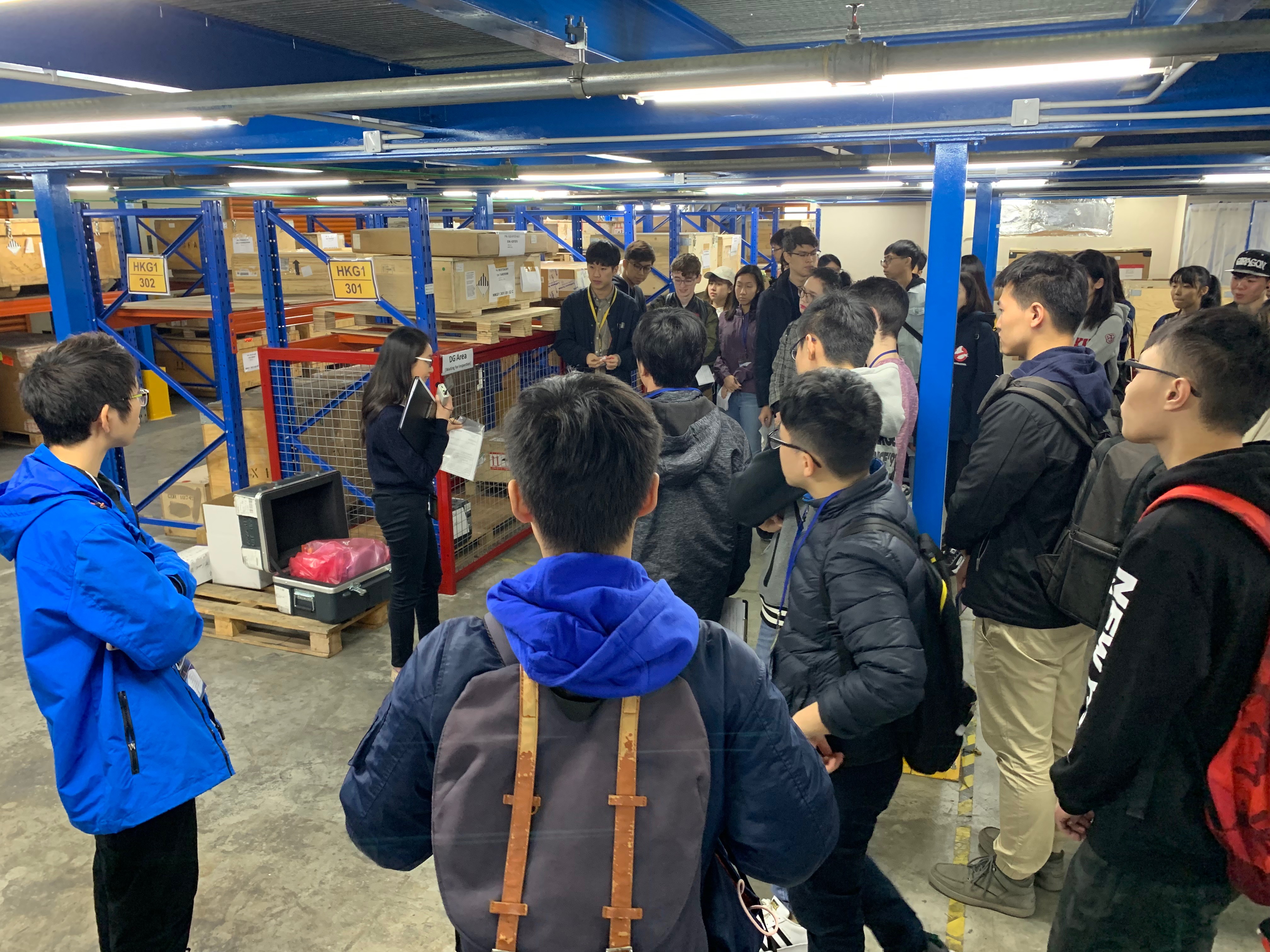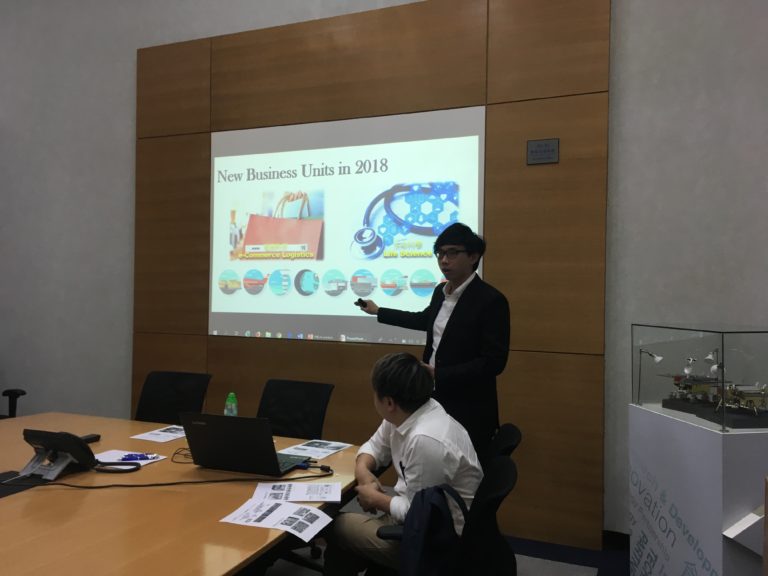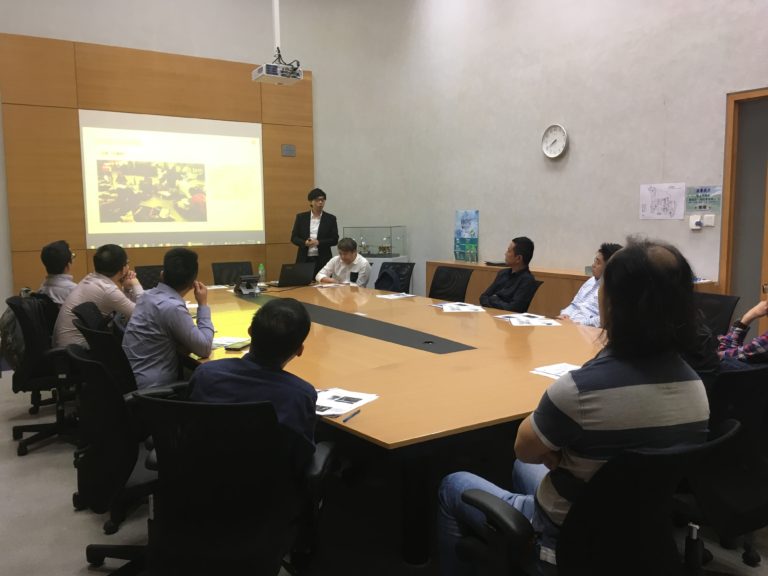Date: 1 June 2017
Guangxi: Growing Demand for Logistics and Professional Services
Guangxi is strategically located as part of China’s direct link to Southeast Asia, with a land border with Vietnam and multiple ports on its shoreline. Guangxi’s Beibu Bay is earmarked as a regional international logistics hub under the autonomous region’s 13th Five-Year Plan, as well as for vigorous development in manufacturing supply chain logistics. The industrial parks in the autonomous region have realised that in the long run they cannot rely solely on preferential policies to prosper but need to develop R&D and support services, such as raising the standards of inspection and testing, and providing training for key personnel, all of which are bound to boost the demand for logistics and professional services.
Potential of Developing Logistics Services in Guangxi
Aligning itself with the central government’s Belt and Road Initiative, Guangxi is stepping up efforts to strengthen the transport links between China’s inland and Southeast Asia, and enhance its ports’ handling capacity and links with the hinterland. It is also looking to build its capital city Nanning into an integrated transport hub. The development involves transport infrastructure as well as related logistics services. On land, according to the Guangxi Development and Reform Commission, Nanning as a regional hub will connect with the Indochina Peninsula to the south. At sea, Beibu Bay will be developed into a regional shipping centre forming part of the China-ASEAN port cities co-operation network. Ten new maritime routes have been operating since the network was established in 2013.
Guangxi is accelerating the pace of constructing a shipping-route network covering ASEAN’s port cities. There are now 35 regular container-ship routes in Beibu Bay connecting ASEAN countries including Brunei, Indonesia and Malaysia. Meanwhile, the overall planning of the entire Beibu Bay has been revised to reposition it as a mother port integrated with warehousing, multimodal transport, port industries, modern logistics, shipping services, passenger travel and international cruises. Division of labour will be carried out by the three main ports: Fangcheng will handle bulk cargo, complemented by container operations; Qinzhou will rely on its bonded port to set up international logistics and develop container and petrochemical maritime businesses; and Beihai will focus on tourism, plus some production operations.
The Guangxi government issued the Implementation Details of the Beibu Bay Economic Zone Port Logistics Development Subsidy in 2016 to attract cargo supply from the mainland and encourage relevant operators. Under the terms, subsidies of different kinds are offered to freight forwarders operating the routes or taking up contracts of sea-rail multimodal transport outside of Guangxi via Beibu Bay, and to Guangxi production enterprises making use of Beibu Bay’s newly added function for containerisation for import and export.
is actively developing its role of connecting inland China with ASEAN countries, building more transport routes with Guangxi as the gateway. For example, cargo transport between Guangxi and Thailand has picked up since 2016. According to the Guangxi Department of Commerce, imports and exports between Guangxi and Thailand increased by 32.9% from January to November 2016, with the bulk being Thai electronic products imported through Pingxiang on land and forwarded to locations in the Yangtze River Delta, such as Suzhou. Previously, it took about 14 days to transport goods from Bangkok to Suzhou by sea, while today it only takes about six days through Guangxi by land. The full potential of logistics services in Guangxi under the Belt and Road Initiative is there to be tapped.
Better Logistics Services, at Lower Costs
The Guangxi Department of Commerce and local market players are rosy about the logistics industry in the autonomous region, especially international logistics, agricultural logistics and cross-border e-commerce. Despite rapid development in recent years, the overall market size is still small and logistics costs are high – estimated to be 3 to 4 percentage points higher than the national average. As such, Guangxi is focusing on reducing logistics costs while improving efficiency. Under the 13th Five-Year Plan for Guangxi’s logistics industry, the autonomous region will optimise its transportation structure, encourage the development of professional container and cold-chain transport, improve internal management and upgrade the service of logistics enterprises through advanced information technology, all with the aim of cutting costs.
As few large-scale logistics enterprises operate in Guangxi, and those that do are mainly state-owned, the autonomous region hopes to introduce more overseas enterprises to spur the development of local logistics services, reduce costs and increase efficiency. Sixteen modern logistics clusters are now under construction, and there are plans to promote logistics standardisation and informatisation – by way of integration to enhance efficiency and improve storage utilisation.
Room for Developing Cold-Chain Logistics
is a large agricultural region, with a rich supply of fruits, vegetables and aquatic products. According to the Guangxi Department of Commerce, it exports about 30 million tonnes of fruits and vegetables a year, with higher volumes during winter and spring when the vegetable supply in the north is relatively small. In the mainland consumer market, not only are there high import and export volumes of agricultural products, but also higher demand for product quality. To meet this demand, Guangxi is to build an eco-friendly fruit and vegetable base supplying Shanghai, which will involve modern cold-chain logistics services to meet the higher standards of the end-user market.
However, the proportion of cold-chain circulation in Guangxi is relatively low – about 25.4%, 14.3% and 64.3% for fruits, vegetables and aquatic products, respectively. The loss ratio is higher than the national average, with fruits at about 20%, vegetables 12% and aquatic products 15%. Demand for cold-chain logistics services in Guangxi cannot be understated. In addition to the local supply, about three million tonnes of fruits and one million tonnes of aquatic products are imported from Southeast Asia via Guangxi ports every year.
Cold-chain logistics in Guangxi is littered with problems including structural imbalances. Refrigeration companies, for example, are concentrated in the central cities, with few at production bases. Services provided are relatively simple – generally just storage – with neither upstream-downstream integration in the industry chain nor advanced information platform systems. In view of this, Guangxi is working on a high-standard development plan, and is about to roll out preferential policies in support of cold-chain logistics, encourage the entry of new enterprises and establish public information service platforms to better link up with upstream and downstream sectors.
is set to build a two-way market for fruits and vegetables, which currently transit the region from ASEANcountries and go to Guangdong for distribution or processing. Taking up the space, Guangxi hopes to develop the local distribution and foreign/domestic trade market as well as the processing industry chain.
Demand for Producer Services on the Rise
In addition to logistics services, Guangxi’s industrial structure has in recent years been gradually moving towards high value-added sectors and adding value to processing trade. In Beihai City, for example, the industry chain in Beihai Industrial Park is already extending upstream and to R&D, with five state-level high-tech enterprises and eight provincial R&D centres and technology centres established. In the long run, industrial development cannot rely on preferential policies alone but requires the development of support services, including improving the level of local testing services, standard certification services and personnel training.
A survey was conducted by HKTDC Research on Guangxi enterprises during the China-ASEAN Expo 2016 [1] to study their tendency to explore the business opportunities brought about by the Belt and Road Initiative and their demand for professional services. In the face of market competition and challenges, most companies said they have made adjustments and investments in business and business strategy or would consider doing so within one to three years. Among the respondents, 49.3% said they would step up developing overseas markets, 29.4% would enhance product design and technology R&D capabilities, while 28.7% would choose to develop/strengthen their own branded businesses.
Many companies indicated interest in enlisting professional service support, with 50.4% of respondents saying they needed a marketing strategy for the development of new business and new markets. To tap Belt and Road business opportunities, some 27.4% wished to seek product development and design services, while 25.9% said they required brand design and promotion strategy services. To secure such professional services, 60% would first tap relevant service support on the mainland, and 53.3% would be interested in seeking professional services in Hong Kong. In conclusion, the survey shows that there is demand by Guangxi enterprises for professional services support from Hong Kong, second only to the mainland.
Guangxi enterprises are looking for professional services support to develop their business amid the growth of service outsourcing in the autonomous region. According to the Guangxi Department of Commerce, the size of the service outsourcing industry doubled in 2016. For instance, a French company opened a call centre in Nanning, a model city for service outsourcing in Guangxi, serving ASEAN customers. Indeed, Nanning as an outsourcing service base has a language advantage as many local residents with long-term contacts with Vietnam and Thailand can understand Vietnamese and Thai. At the same time, Guangxi also hopes to bring in more service outsourcing business with Hong Kong as their “super connector”.
Guangxi Actively Promoting CEPA
The Mainland and Hong Kong Closer Economic Partnership Arrangement Agreement on Trade in Services (CEPAAgreement on Trade in Services), signed between the central government and the Hong Kong Special Administrative Region (HKSAR) Government, took effect on 1 June 2016. Under the agreement, Guangxi is one of the two pilot regions for implementation of CEPA’s early and pilot measures, after Guangdong.
is very positive on the role of the CEPA service trade agreement in carrying out service trade liberalisation between Hong Kong and the mainland. Particularly in some pilot areas– including architectural design, urban planning, landscape design, conference display, international transport and tourism – Guangxi hopes the CEPA service trade agreement can help strengthen its economic and trade links with Hong Kong, and introduce more related professional services such as efficient logistics services from the city, so as to set a new high watermark for the development of Guangxi’s industries.
A circular on the Action Plan for Implementation of the CEPA Agreement on Trade Services in Guangxi (CEPA Action Plan) was promulgated in August 2016 for a number of work plans, including the strengthening of the CEPA early and pilot measures joint conference system in Guangxi. Six task forces were set up to strengthen co-operation in and co-ordination of key areas such as finance and law, tourism and health, trade and exhibition, transport and logistics, architecture and cultural creativity, as well as processing trade industry transfer.
In an attempt to facilitate Hong Kong and Macau enterprises to make better use of CEPA’s open policy to invest in and provide professional services in Guangxi, and solve the common problem of “big door is open, small door is closed”, Guangxi has implemented numerous reforms to allow a more efficient implementation of CEPA. Following more closely the national unified approach, the autonomous region will establish a service trade investment filing system corresponding to CEPA’s negative list and set up a Guangxi CEPA Projects Green Channel in the municipal office of various cities providing one-stop government services for Hong Kong and Macau investors. It aims to help solve the specific difficulties encountered by service providers in developing the sector in Guangxi.
The CEPA Action Plan has made it clear that the various task forces will promote a number of projects as CEPA demonstration projects, with the objective of strengthening co-operation with Hong Kong in introducing professional services. According to actual needs and based on Guangxi’s own industries, the autonomous region will ask various cities to recommend a number of projects with professional services needs, forming a CEPA co-operation project bank to connect with Hong Kong professional service providers.
In addition to co-operation in processing trade between Guangxi and Hong Kong, more industries can be added into the mix, including electronics and electro-plating. Meanwhile, co-operation in the service sector is also a possibility. Given the efficient management of Hong Kong’s airport facilities, much of this expertise could be extended into the development of both Nanning’s airport and its port facilities, while cold chain logistics has particular growth potential here.
In the manufacturing sector, there are a number of large-scale enterprises in Guangxi in the electronics, automobiles and food sectors. This, coupled with the efforts made by processing trade to seek transformation and upgrading and move towards higher value-added, has generated a huge demand for such professional services as R&D, brand promotion and product testing, which the autonomous region is in dire need of. Hong Kong’s service providers, well-placed to fill this gap and assist in effecting this transformation and upgrading, stand to benefit from the opportunities arising therefrom.
[1] The survey was conducted among Guangxi enterprises during the China-ASEAN Expo in September 2016 and 149 questionnaires were collected. Related content can be found at Chinese Enterprises Capturing Belt and Road Opportunities via Hong Kong: Findings of Surveys in South China.



















